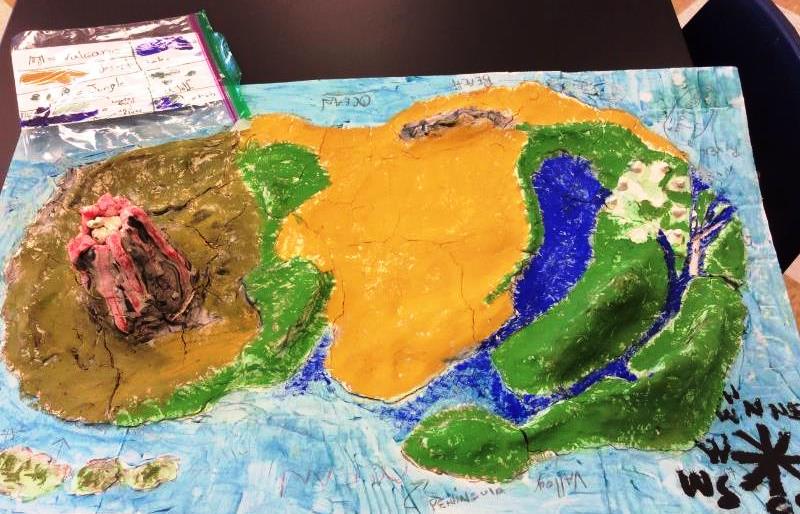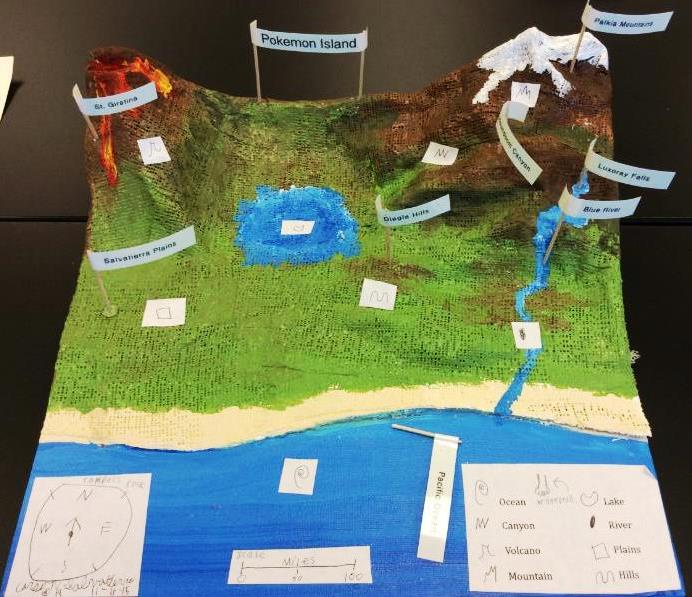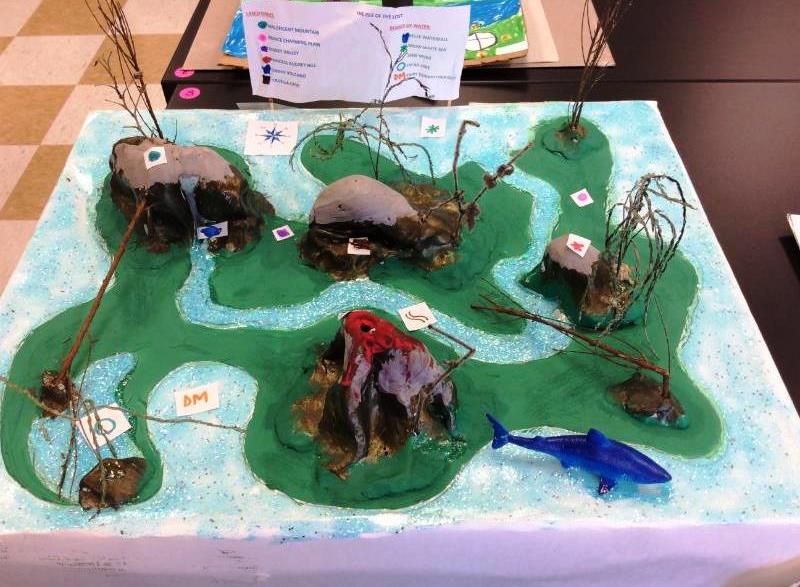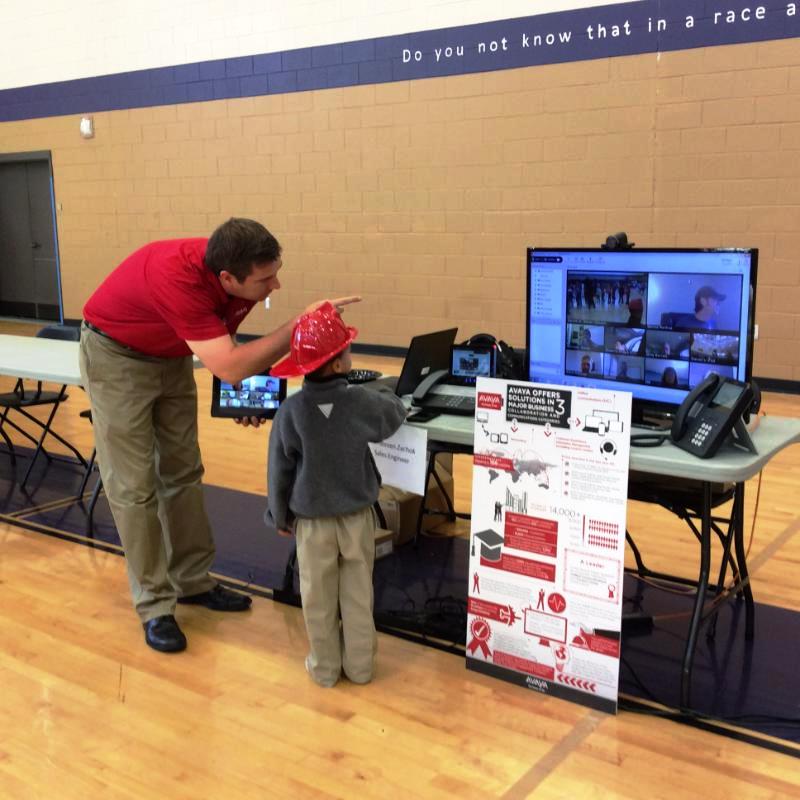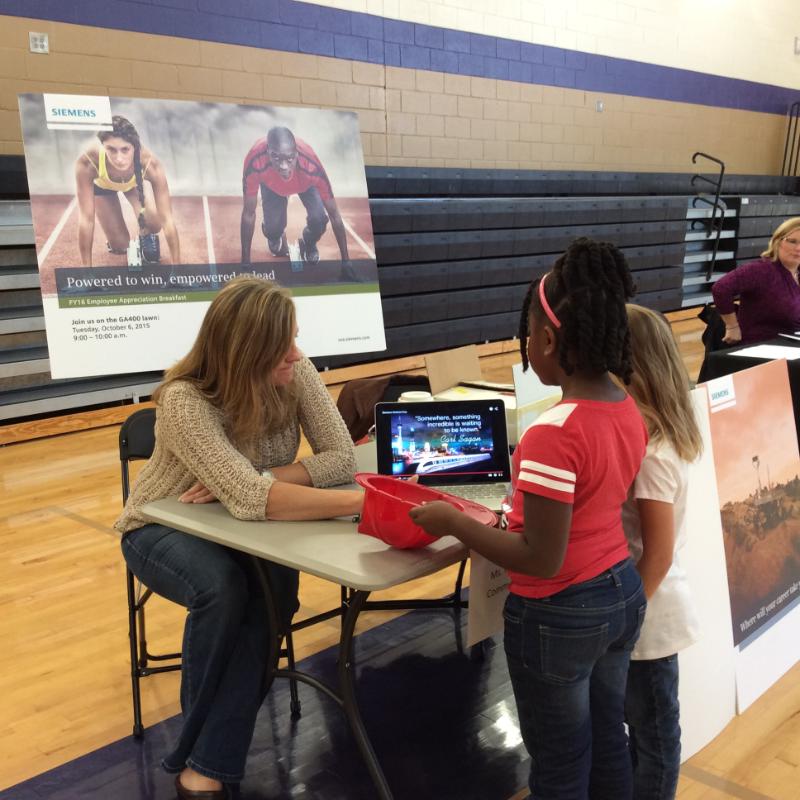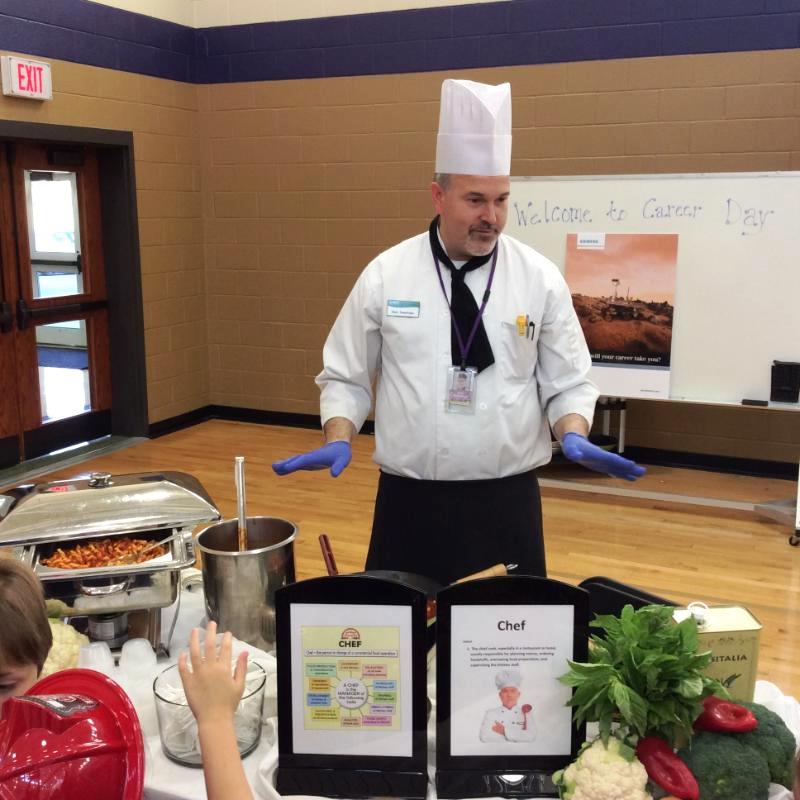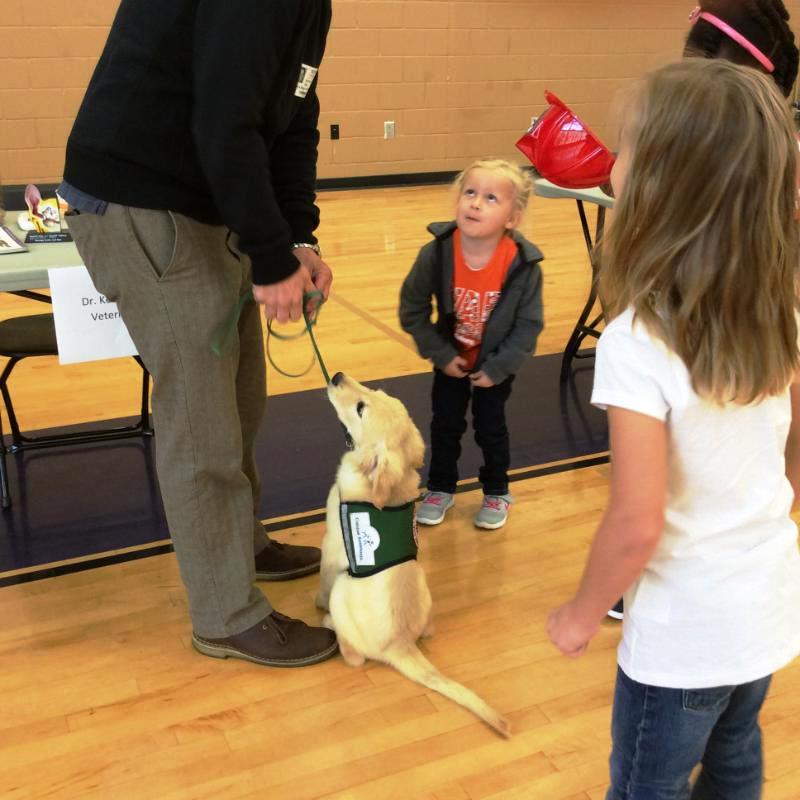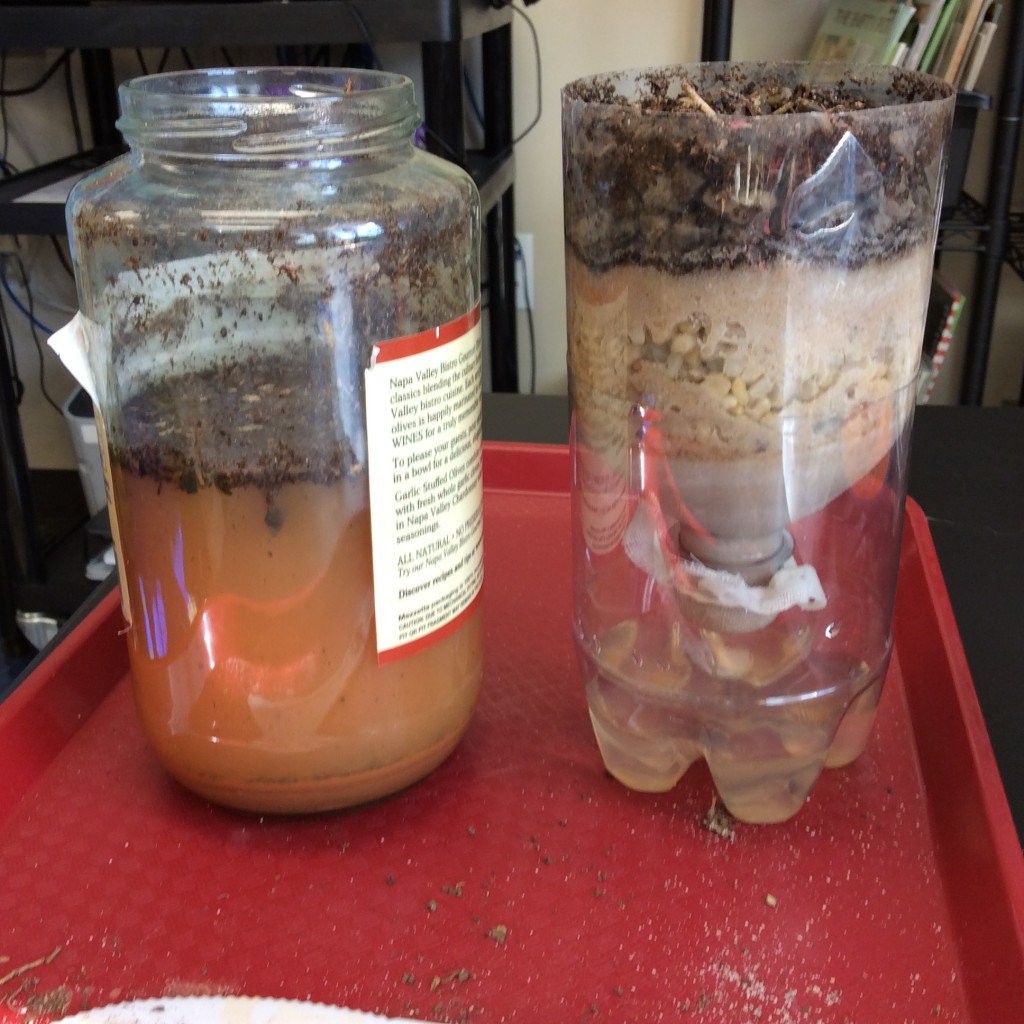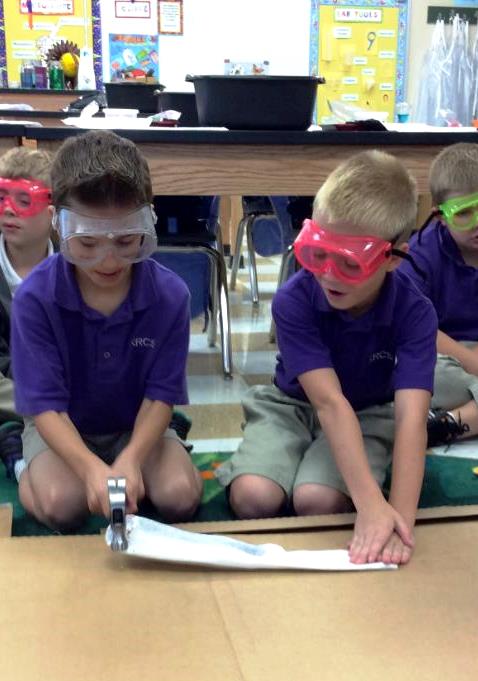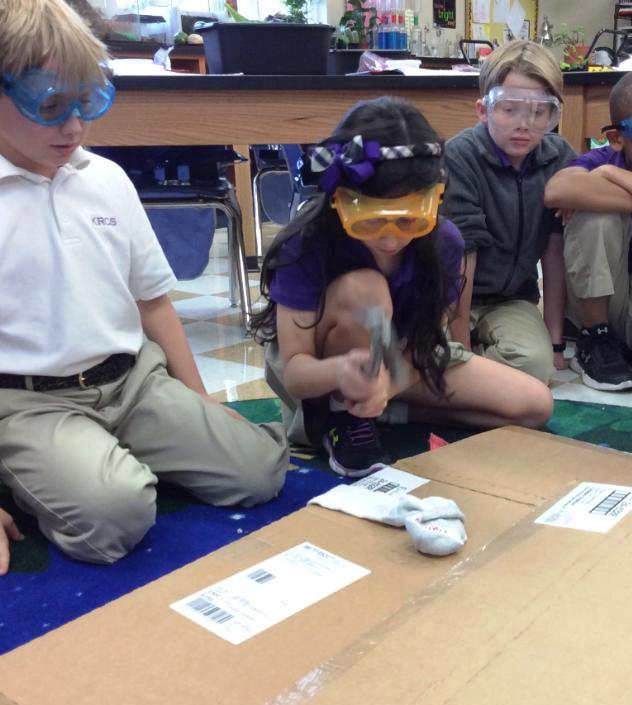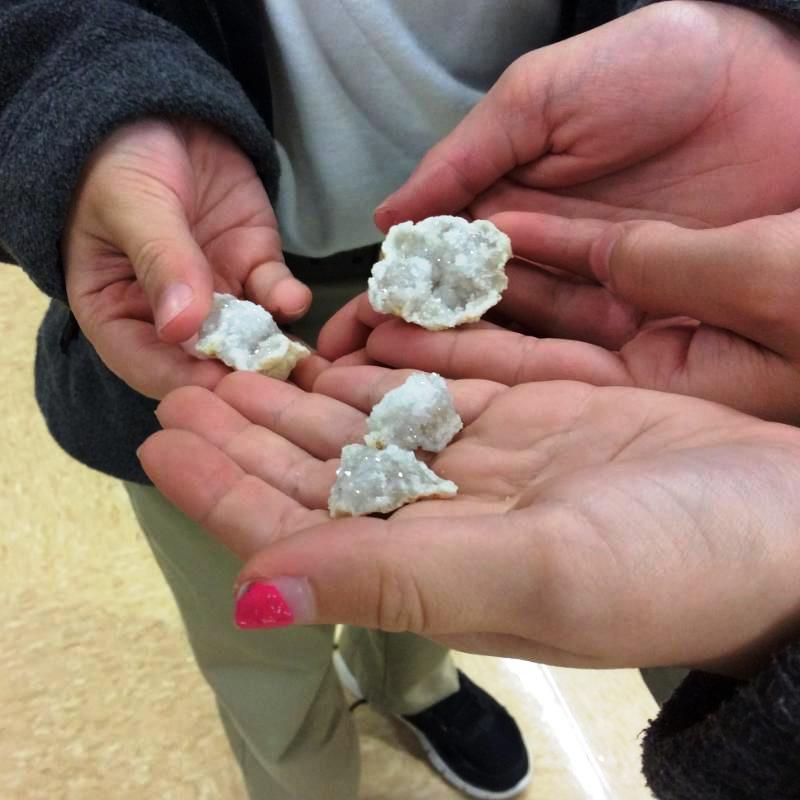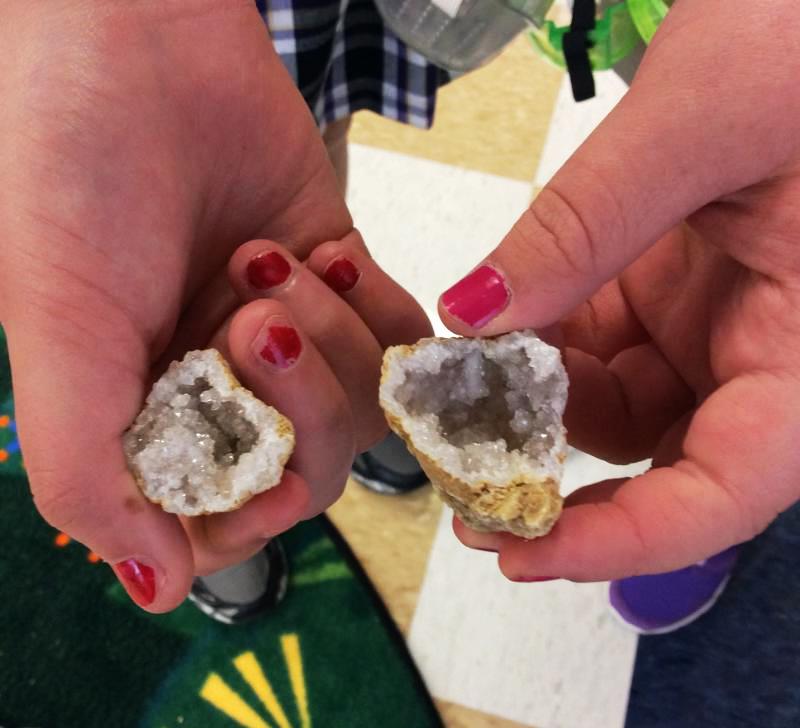Soil Lab
Third grade finished their Earth Unit with a lab about soil. After a discussion about the parts of soil, we used food to learn more about soil layers. The square of chocolate in the bottom of our cup was bedrock and the Fruit Loops above it represented weathered rock. Then we added a crushed Graham Cracker for subsoil. Chocolate pudding became topsoil and a crushed Oreo was humus. We topped the cup off with leaf litter (green sprinkles).
Science Videos
Career Day
Young Engineers
Engineers are presented with a problem and then they design a solution using science and math. Our investigation of sink and float continued and kindergarten, Pre-First, and first grade students were asked to design a boat that could hold pennies. I asked them what ideas they had before we started. Comments included the following: “We need to make the bottom the strongest.” “My boat needs sides, so the pennies don’t fall off and the water doesn’t come in.” “I am going to spread the pennies out, so my boat doesn’t sink in the middle.” ” I am going to check for holes in my boat.” “You need to make sure the corners are tight.” After we tested our boats, we discussed what we learned and ways we might modify our designs.
I encouraged my engineers to use other materials with their foil (such as pencils, straws, sponges, or Popsicle sticks) to create a boat at home in the bath tub. Look at the boat that Luke created at his house.
Day Trips
I have listed two family day trips that might be a fun way to enhance the third grade’s unit on rocks and minerals. Click on the links below for more information.
Consolidated Gold Mines in Dahlonega


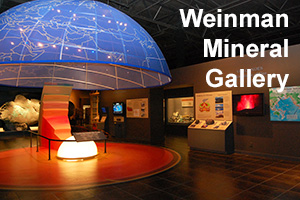
Filter
Third grade is observing a homemade filtering system. I layered sand and gravel in the top of a two liter bottle. Then I secured cheesecloth over the opening with a rubber band. You could also use a coffee filter if cheesecloth isn’t available. I put very muddy water through the system twice.

I used two layers of gravel and two of sand.
Crystals
Crystals are a special kind of solid material in which the molecules fit together in a repeating pattern. Crystals often form in nature when liquids cool and start to harden. We have found crystals in many of the rocks we have in the lab. The flat sides of crystals are called facets.
Third grade chemists made crystals using borax and boiling water. Click here to go to an About.com link that will explain how to make the crystals. There is also a video on the site.
Geodes
A geode is a stone with a hollow space inside lined with crystals or mineral matter. Most geodes have calcite, quartz, or fluorite crystals, but some may also have pyrite. Most geodes are between 1 and 12 inches in diameter.
Third grade geologists cracked geodes open in lab. The lab was held inside because of the rain. We put the geodes inside socks for safety. Some of the geodes were difficult to crack, so we will take those outside and try again at recess.
A geode reminds us of God’s love. Although others judge us by our appearance, God values our heart and the beauty within us. “For the LORD sees not as man sees: man looks on the outward appearance, but the LORD looks on the heart.” 1 Samuel 16:7

